You’re halfway through designing a new campaign when you catch yourself reusing the same layout you’ve used a dozen times before. The same safe font. The same muted palette. The same good but predictable grid. It looks fine, but it doesn’t feel “wow”.
Then, you’re scrolling through your favorite social platform when you notice everything looks the same.
Suddenly, something stops you mid-scroll. You see a design that feels alive, different, and you can’t keep your eyes off it.
You want your design to amaze the viewer, just like that, but you also need it to feel trustworthy, easy to use, and future-ready. Where do you even start?
Well, for that, you need to be aware of the 2025 graphic design trends. This year’s top approaches are helping brands break away from “just fine” and into “unforgettable.” Each trend has a purpose and a way to make your audience stop, engage, and remember you.
After years of grappling with muted palettes and flat icons in the design world, we are happy to say that maximalism will rise again in 2025. It is not the disorganized chaos of the past, but no doubt, today’s maximalist aesthetic is cognizant, deliberate, and expressive. It is about inspiring audiences with visual storytelling and providing a break from the unending sameness of the digital world.
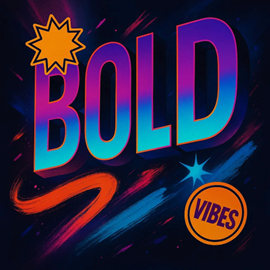
The resurgence of maximalism in this year's graphic design themes is essentially a response to digital fatigue. People are mindlessly scrolling through lookalike templates, and the brands playing with color, texture, and layouts are winning out in all the best ways.
Maximalist design is thriving where storytelling and sensory impact are critical:Maximalist design is thriving where storytelling and sensory impact are critical:
To make bold work:
Maximalism, when used strategically, doesn't just get attention; it leaves an impression.
Maximalism gets the attention, while minimalism builds trust. And trust is everything in 2025. In a world bogged down by endless forms of content, audiences want clarity, and that's why minimal design trends remain one of the most relevant and successful trending graphic design methods for brands that value usability, pace, and calm.
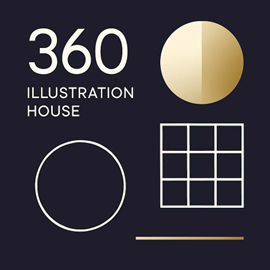
Minimalism enables function-first experiences. It is perfect for brands that want to convey credibility and facilitate ease in communicating with their audiences.
Minimalist design trends thrive in industries where clarity, trust, and efficiency are core values:
Minimalism in 2025 isn’t about looking dull; it’s about being clear. And when done right, it gives users space to focus and trust your brand.
By 2025, design trends will no longer exist on flat screens. Designing for the metaverse means creating visual deliverables that are dimensional, interactive, and responsive across experiences such as AR apps, 3D websites, virtual retail, and gamified branding.
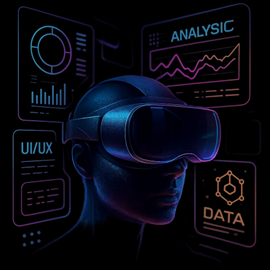
In practical terms, metaverse-ready design must be responsive to gesture, be fluid documentation between devices, and must be detailed in visuals and emotion.
This trend is shaping how brands engage in digital environments:
A key priority for 2025: make your metaverse-ready visuals work with or without AR gear.
Who says you have to be strict and formal in your designs? 2025 is giving space for lighter and more human design. No, we don't mean random doodles or childish patterns. It's all about fun, interactive, and surprising elements to create a positive emotional connection with the audience.
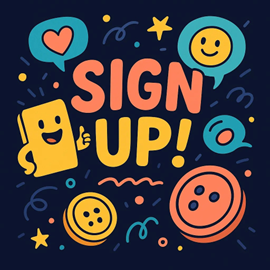
Why is it trending? Well, there's science behind that. When a user encounters a surprising color pairing, a witty animation, or a hand-drawn icon in a sea of generic stock imagery, it creates a memory anchor. That’s why playful branding brings higher recall and repeat engagement. Another reason is corporate fatigue. People are less interested in grid-perfect templates. Playful design bends the standard rules to make people smile and deliver the brand’s message smoothly.
A lot of brands now work with an illustration service to produce custom visuals that portray their unique voice while energizing their online identity. Playful design is no longer simply ornamentation. It is a strategic mechanism of the present-day modern graphic design to build experiences that are memorable and connect emotionally.
Retro design trends, most particularly retro serif type, aren't going away. What has blossomed from a niche exploration of ’70s curves and ’90s throwbacks has grown into a flexible, nostalgia-driven approach.
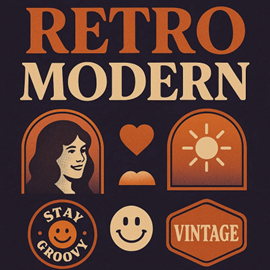
Now, modern brands are using it to create warmth, charm, and familiarity. Designers are turning to bold serif fonts again, giving brands a friendly, character-rich voice after years of sterile minimalism.
Behind every shift in design trends lie elements like technological progress, cultural moods, and evolving user expectations. The trends defining 2025 are responses to how people live, create, and consume content in a hyper-digital world.
Designers no longer labor in isolation. Tools such as Framer AI and Uizard facilitate logic-based layouts and responsive behavior, so today's designer can also be a developer, strategist, and storyteller. Collaborative workflows now integrate motion teams, prompt engineers, and UX researchers trained in AI. Visuals are no longer merely visual; they are created for performance, accessibility, and interactivity.
In addition, with this shift comes higher expectations for custom elements like custom artwork design or hand-drawn icons, which must also 'fit in' easily within flexible UI systems. Designers are expected to create assets that feel handmade and still work uniformly across all platforms and devices, without loss of quality or meaning.
Audiences are feeling fatigued by visual repetition and overload. Endless scrolling, intrusive pop-ups, and templated UI have dulled their ability to connect. That’s why trends like “calm design” and “anti-perfectionism” are gaining traction. Increasingly, brands are adopting muted palettes, organic textures, and intentional imperfections to build relevancy and authority. This is where illustration design services play a key role. They design visuals that make technology feel more human. Instead of relying on generic or AI-generated assets, brands are partnering with illustrators to develop subtle, expressive images that feel intentionally crafted rather than mass-produced.
No generation contrasts and contradicts like Generation Z. Their digital connection leads them down bold and chaotic design highways, while their real selves are softer and soothing. Brands are now offering dual-mode interfaces, high-energy visuals in "fun mode," low-energy visuals in "focus mode," and using split-screen functionality to speak to both stimulation and stillness within a single product experience.
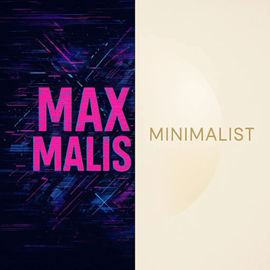
As search engines become multimodal and AI systems improve their ability to access imagery, design becomes less about appealing to humans. Designers today design layouts for human emotions and machines. There is now a practice called indexing, where a design team focuses on visual hierarchy, alt metadata, and semantic structure to ensure a given design can be indexed as clearly and distinctly as possible for crawlers to interpret and rank images like they do text.
Designers in 2025 are no longer just shaping screens; they’re shaping entire experiences that extend beyond the visual. The designer’s toolkit and mindset must adapt as interaction modes expand and technology evolves. The future of illustration and design is experiential, inclusive, and increasingly fluid across devices and dimensions, and the ones who adapt can succeed.
Not every user engages only through their eyes. As metaverse platforms and multisensory interfaces become increasingly available for people to engage with, designers need to create experiences that are multisensory, including possibly haptic feedback, audio sounds, and/or scent activators. These additional modalities help with navigation, support the emotional tone of the experience, and create a more usable experience for people with disabilities.
These projects that build in sound, movement, and texture can give custom graphic design teams wholly new ways to be creative, building truly inclusive spaces.
Screens are now just one component of a wider digital ecosystem. With the new proliferation of wearables, voice interfaces, and a live ambient computing ecosystem, screen interfaces will recede to a subtle background role. This doesn't lessen the need for visual thinking but implies new strategies for organizing information.
Under these new conditions, illustration and design are a visual reference point during a transition. A brand icon may appear on a smartwatch, on a speaker hub, or in an augmented space, but must remain recognizable, functional, and adaptable.
The 2025 design stack is evolving fast, and staying current means testing tools that push past the traditional suite. Here are three worth adding to your radar:
So there you have it: graphic design trends for 2025. You can include them in different types of brand artwork. Remember not to chase what’s “cool”, but create experiences that work, connect, and compel users to recall your brand.
Experiment with the energy of bold maximalism, the trust-building clarity of minimalism, the immersion of the metaverse, the joy of playful design, or the nostalgic retro vibe, and see what works with your brand.
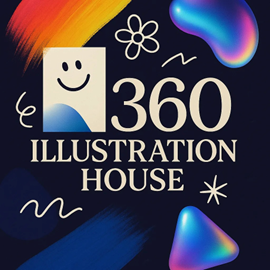
The audience of today is more visually literate than ever, and they can sense when design is just a mere decoration or when it’s purposeful. So, ensure every gradient, serif, or animation has a reason to be there. For instance, strategically place and design to guide a click, evoke an emotion, or tell a story.
The most successful brands this year will be the ones that work with both creativity and function hand-in-hand, stay responsive to emerging tech, and never lose sight of the human at the other end of the screen.
Looking for more information? Call us at +1 (855) 521-5040 for quick support!






Have a project in mind? Reach out to us, and we’ll help turn your ideas into stunning illustrations.
Tell us what you need, and we’ll create a custom illustration just for you. Reach out today and let's get started!

Copyright © 2025 360 Illustration House | All rights reserved. Terms And Conditions | Privacy Policy | Refund Policy
